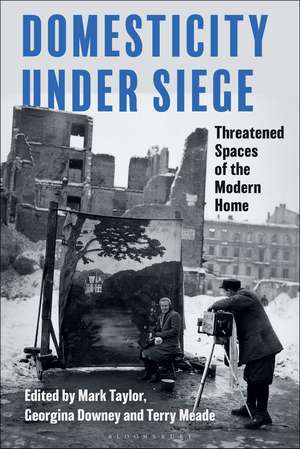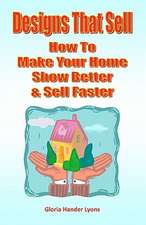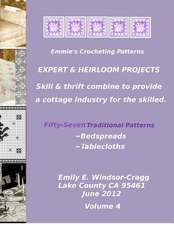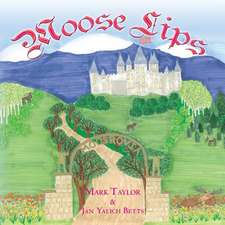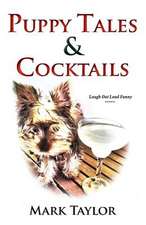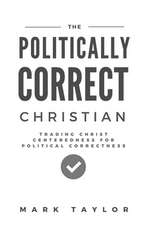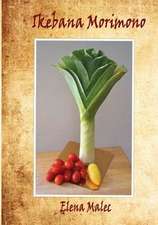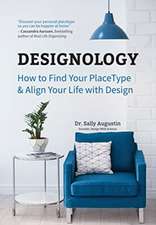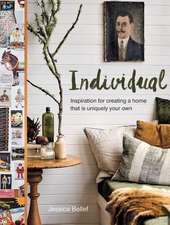Domesticity Under Siege: Threatened Spaces of the Modern Home
Editat de Mark Taylor, Georgina Downey, Terry Meadeen Limba Engleză Hardback – 11 ian 2023
Preț: 509.60 lei
Preț vechi: 730.74 lei
-30% Nou
97.52€ • 104.27$ • 81.30£
Carte disponibilă
Livrare economică 27 martie-10 aprilie
Specificații
ISBN-10: 1350166111
Pagini: 224
Ilustrații: 24 bw illus
Dimensiuni: 156 x 234 x 19 mm
Greutate: 0.46 kg
Editura: Bloomsbury Publishing
Colecția Bloomsbury Visual Arts
Locul publicării:London, United Kingdom
Caracteristici
Notă biografică
Mark Taylor is Professor of Architecture and Chair of Architectural and Industrial Design at Swinburne University, Australia.Georgina Downey is Visiting Research Fellow in Art History at the University of Adelaide, Australia.Terry Meade is Principal Lecturer of Architecture and Design at the University of Brighton, UK.
Cuprins
Introduction, Mark Taylor (Swinburne University, Australia), Georgina Downey (University of Adelaide, Australia) and Terry Meade (University of Brighton, UK) SECTION ONE: Microbes, Animals and Insects1. Domesticity and Fear: Insects and Creepy Crawlies, Mark Taylor (Swinburne University of Technology, Australia)2. House Fear, Annmarie Adams (McGill University, Canada) SECTION TWO: Human Agents - Burrowing, Hoarding, Concealed Undermining3. The Domestic Screen, Terry Meade (University of Brighton, UK)4. Hoarding Disorder, Schwitters' Merzbau and its Conflict with Domesticity, Judit Pusztaszeri (University of Brighton, UK)SECTION THREE: Wars and Disasters as Agents5. Under Siege: The Wartime Home in British Art of the London Blitz, Georgina Downey (University of Adelaide, Australia)6. Searching for (a) Home in the Rubble: The Heimkehrer-Flâneur in Wolfgang Staudte's Die Mörder sind unter uns, Kai-Uwe Werbeck (University of North Carolina, USA) SECTION FOUR: Hauntings, Eeriness and the Uncanny7. Haunting: 'I have ended up like the house, pretending to be myself', Hannah Lewi (University of Melbourne, Australia)8. Suburban Horror Story, James F. Kerestes (Ball State University, USA)
Descriere
Theories of the domestic stemming from the 19th century have focused on the home as a refuge and place of repose for the family, a nurturing environment for children and a safe place for visitors.
Under this conception, domestic space is positioned as nurturing and private, a refuge and place of retreat which gave rise to theories of 'home as haven'. While, arguably, some social conditions might suggest this is the case, Domesticity Under Siege exposes a different world, one in which the boundaries of nurturing domesticity collide with both outside and inside agents.
Whether these agents are external military forces, psychological trauma or familial violence, they re-position meta-narratives of domesticity, not through identity politics or specialized subgroup experience, but relative to the actions of the world around an inhabited domain. That is, when home is constituted as a private realm, a place where individuals or groups can reside in 'safety and comfort', it is argued as a place in which the individual exercises control or power. However, there are many occasions when forces act upon the home and threaten aspects of safety and comfort, often through such things as ruination, violence, mortality, and infestation.
Organised around four thematic sections, 'Microbes, Animals and Insects', 'Human Agents', Wars and Disasters as Agents' and 'Hauntings, Eeriness and the Uncanny', chapters provide a range of approaches to the home which challenge notions of 'haven' and reflect major causes that have played an important role in undermining the modern home.
Examples and case studies explore the domestic screen, hoarding, hauntings, violence and imprisonment in the home, wartime interior art, the Hanover Merzbau and Wolfgang Staudte's 1946 film Die Mörder sind unter uns ('The Murderers are Among Us').
